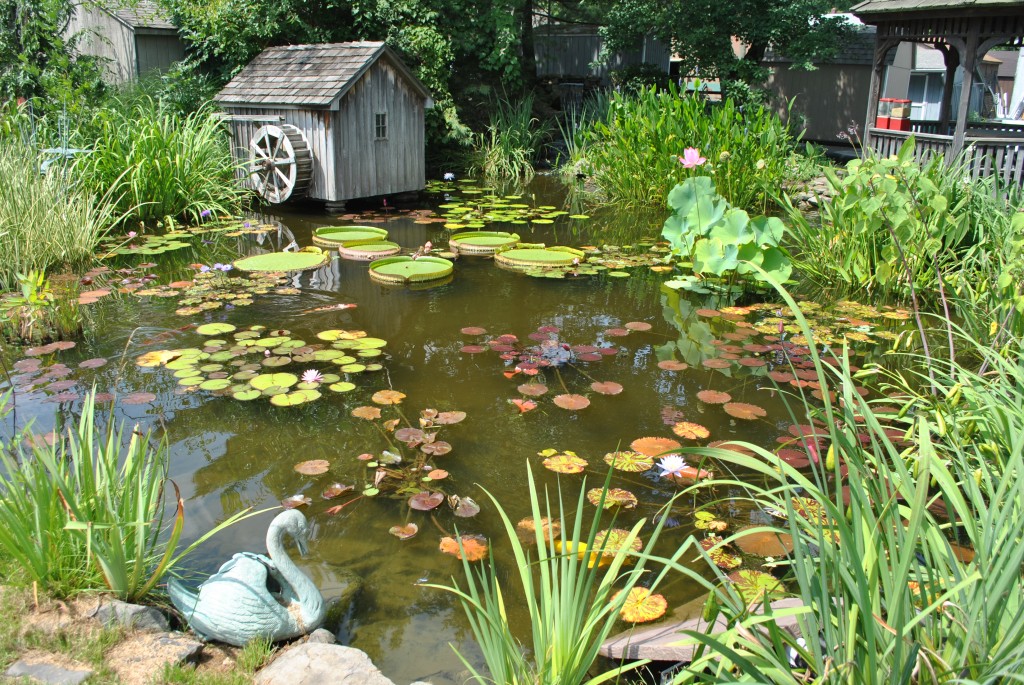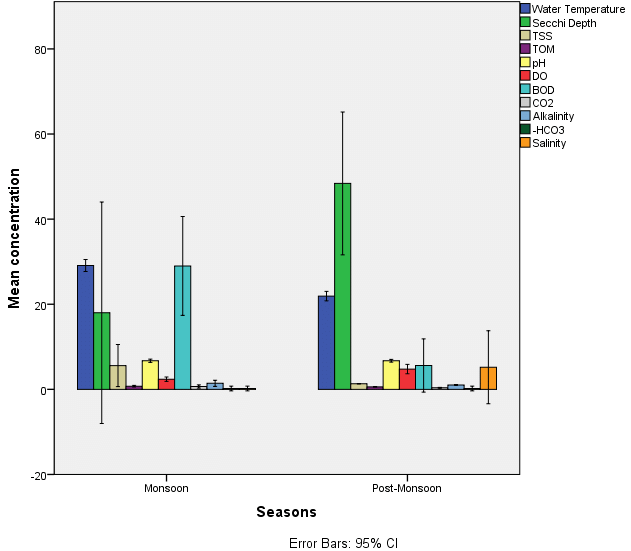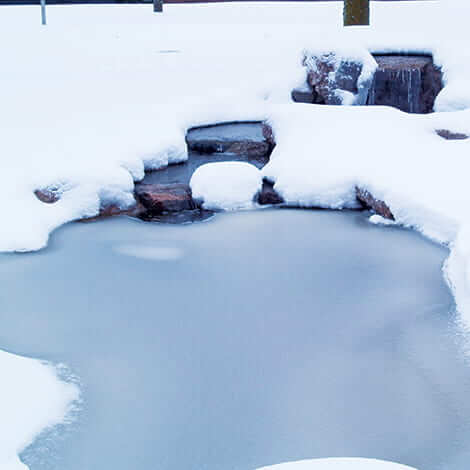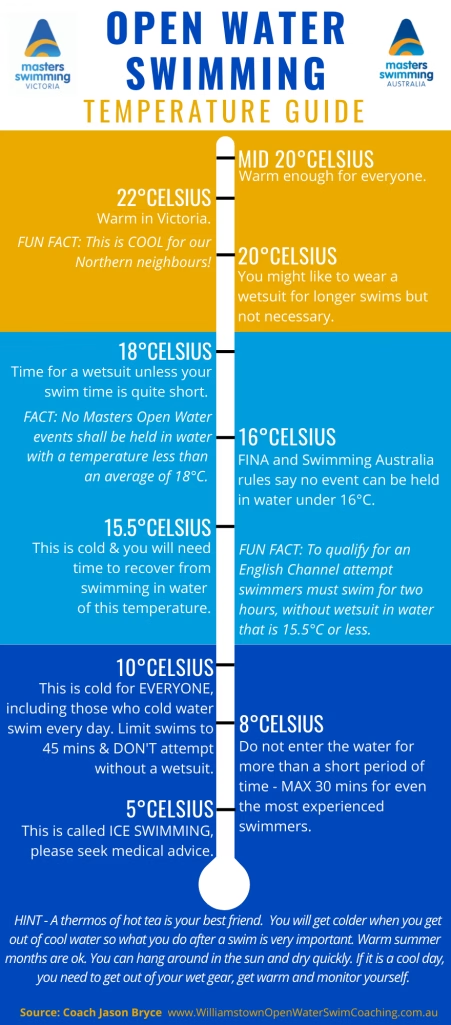As winter approaches and temperatures drop, swim pond owners face the important task of preparing their outdoor spaces for potential challenges. Cold weather doesn’t just threaten the fish; it also impacts water quality and the entire ecosystem of your pond. Understanding how to winterize your swim pond is essential for ensuring it remains healthy and vibrant. This guide outlines the necessary steps to prepare your swim pond for winter, so you and your aquatic companions can enjoy it fully come spring.
Why Your Swim Pond Freezes and How to Prepare
Winter presents unique challenges for swim ponds, particularly the potential for freezing. To protect aquatic life, it’s crucial to maintain a water temperature above 39°F (4°C). The depth and design of your pond are fundamental in preventing complete freezing. Ideally, the pond should be at least 18-24 inches deep, as this depth provides insulation against frigid temperatures.
Your swim pond operates differently from a traditional swimming pool. Instead of completely shutting down for the winter, your pond supports a living ecosystem that needs to be managed even during colder months. Factors like local climate significantly affect the environment within your pond. By understanding these aspects, you can prepare effectively and safeguard your swim pond throughout the winter.
Infographic illustrating swim pond temperature ranges and the impact of depth on freezing (Source: Williamstown Open Water Swim Coaching)
Protecting Your Equipment for Winter
One of the most critical components of winterizing your swim pond is protecting your equipment. Start by cleaning the biological filter media, such as bio balls and filter pads, and storing them indoors to avoid frost damage. It’s also essential to lower the water level just below the skimmer openings rather than draining the entire pond.
Using a de-icer or pond heater helps maintain a small area of open water, which allows for gas exchange and keeps fish breathing comfortably. Carefully remove waterfall boxes and any other components that are vulnerable to freezing. Taking these practical steps will go a long way toward ensuring your swim pond equipment remains functional when the warmer weather returns.

Image showing the correct way to store swim pond equipment to prevent winter damage (Source: Pool Magazine)
Choosing the Right Plants to Survive Winter
Selecting suitable aquatic plants is essential for maintaining the health of your swim pond through winter. Focus on hardy species such as rushes, cattails, and hardy water lilies, which are well-equipped to withstand colder temperatures. Make sure to place these plants below the freeze line, generally around 18 inches deep to ensure their survival.
Before frost arrives, trim any dead foliage from your plants to prevent decay and the potential release of nutrients into the water. Aquatic plants like coontail and Italian veil can be shortened to just a few inches above the bottom. Floating plants should be treated as annuals and removed after the first frost. By promoting a living ecosystem, you prepare your swim pond for a thriving spring.

Aquatic plants that are well-maintained and thriving in winter conditions (Source: Full Service Aquatics)
Maintaining Winter Water Quality
Water quality is crucial to the health of your swim pond during winter. Regularly monitor key parameters such as pH, alkalinity, and hardness to ensure they remain within acceptable ranges. Maintain a pH level between 7.2 and 7.8, keep alkalinity between 80-120 ppm, and ensure calcium hardness exceeds 200 ppm.
Introduce cold-water beneficial bacteria to help break down organic matter as temperatures drop. Avoid using conventional winterizing pool chemicals as these can harm the natural ecosystem of your pond. Regularly removing debris and fallen leaves from the surface can prevent excessive organic buildup, helping maintain a healthy environment when spring arrives.

Graph representing concentrations of various water quality parameters throughout different seasons (Source: ResearchGate)
Troubleshooting Common Winter Issues
Winter can bring several challenges for swim pond owners, such as frozen pumps or unexpected fish deaths. You should have strategies in place to manage these problems effectively. For instance, consider installing pumps that operate at reduced rates to maintain circulation and deter freezing.
If you notice fish dying, it’s essential to check for oxygen depletion and assess alterations in water quality. Having a plan for debris and leaf removal will also minimize the risk of decay, ensuring a healthier pond environment. By staying ahead of potential issues, you can keep your ecosystem thriving through the winter months.

Visual guide to resolving issues related to frozen pumps in swim ponds during winter (Source: BigCommerce)
Embracing Innovative Technologies
In this age of advancing technology, numerous innovative products can enhance your winterization efforts. The LevelSmart Wireless Autofill System is a prime example, offering precise water level management without the need for wired sensors. This system ensures your pond remains at appropriate levels year-round, helping to prevent any unexpected issues.
Smart control systems are available that enable remote monitoring of your pond, providing alerts for maintenance tasks. Additionally, new de-icers are designed to activate automatically when temperatures dip, safeguarding your pond equipment. These advancements not only improve maintenance efficiency but also ensure the integrity of your swim pond throughout winter.

Image of an advanced autofill management system designed for swim ponds (Source: Pool Magazine)
Conclusion
Winterizing your swim pond is not merely about survival; it is also about maintaining the beauty and function of your aquatic environment. By grasping the challenges posed by cold weather and preparing your pond through practical techniques, equipment care, plant selection, and embracing innovative technologies, you’ll set your swim pond up for a successful spring. Remember that a healthy swim pond requires your attention throughout the year, and your winter efforts will ensure a vibrant environment when the temperatures rise again. Happy winterizing!

